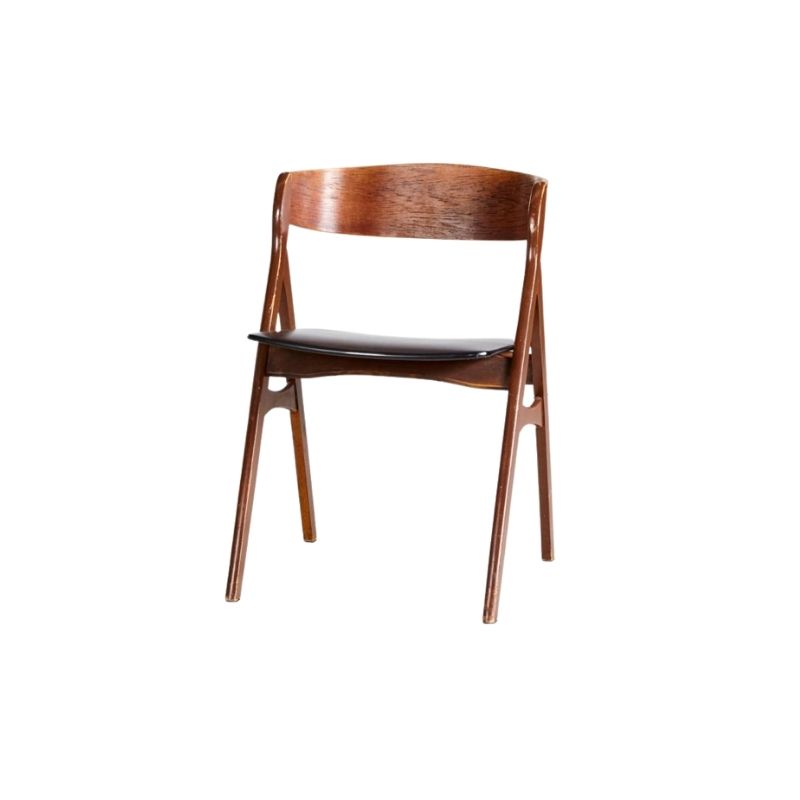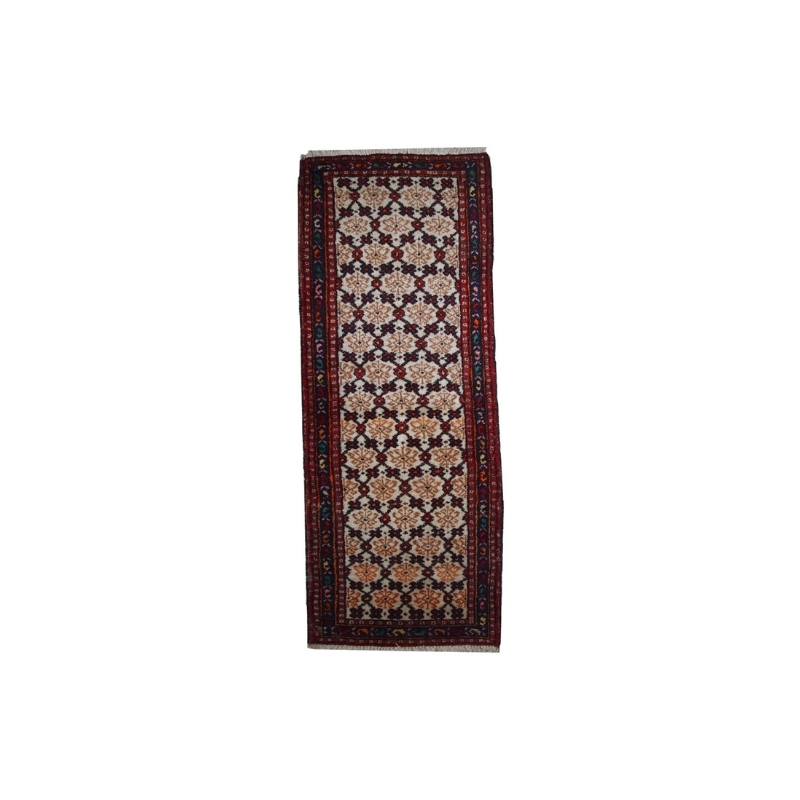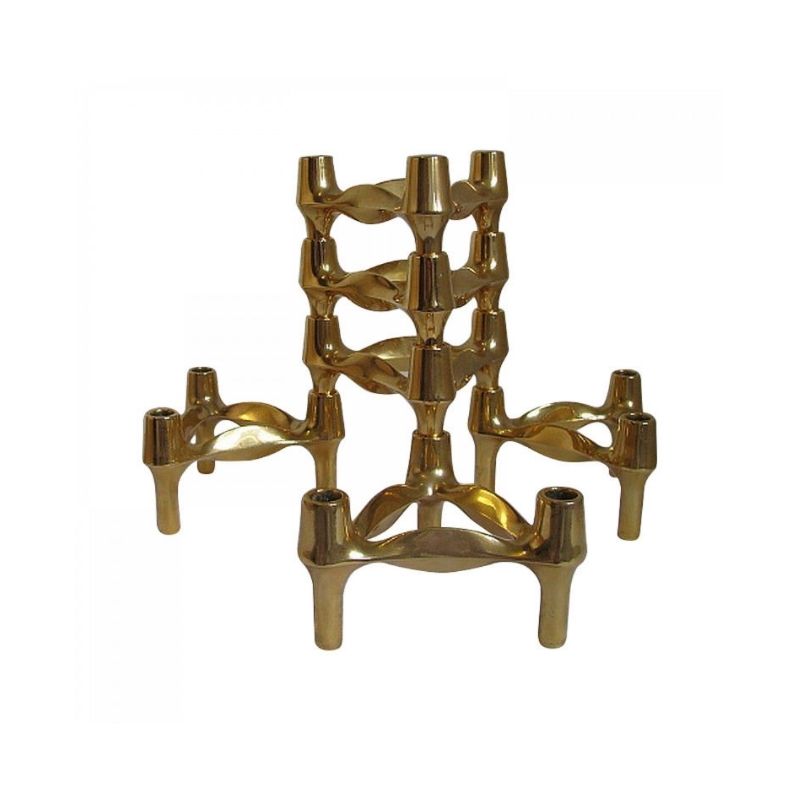Where's Jamie when you need him 🙂
I read the Marc Newson interview on the blog and though I've never been that enthusiastic about his work I respect his experience. In the interview he referred to companies like Cappelini etc being difficult to work with and not paying. Its funny that what is seen as the the holy grail for designers could turn out to be a real let down.
Theres also this idea that design is about solving problems, I think this is true in a strict engineering sense for say medical equipment, but at the root of it design to me now is just the human urge to create and make beauty, that will never go away no matter how excellent a solution, thank god design isn't solely about solving problems or we'd be in a dead end pronto! That my take on it anyway, thoughts?
Other myths?
How about the one about plywood being 'cheap' and 'green', thats a funny one.
Well...
design SHOULD be about solving a "problem". ART on the other hand can be beautiful* just for the sake of being beautiful*. MY TAKE is that a chair that is sculptural yet uncomfortable* to sit in is a failure as a chair but may be successful* as a sculpture. It's easier to do one or the other than it is to do both, and successful* ventures at doing both are to be more highly regarded than just doing one.
*AW HELL...it's ALL subjective but EXPENSIVE ITALIAN sculptures pawned off as chairs
PISS
ME
OFF!!
But so does that shuttle-cock thing I saw at Moss...crap now I'm starting to get all rustered...
Top companies Holy Grail myth
No surprises me at all. Good point.
To support that, here is my contribution,
I remember when I was a student, about 1990, was the beginning of this glamour design, flag-ed by Alessi, the company that I consider was the first begin to put beauty on top....
Well, they organized a workshop here in South America, (indeed a contest/competition), and as a top brand with such glamour they organized the event in the city of Punta del Este, in a too chic hotel, and everything was in order with the glamour that the event needed. It was in research for a new line for bath objects (new for that moment, when they had only made for kitchen until that event). Oh, I forgot that The last detail was that students/designers had to pay all expenses, let's say about U$s 2000 ...+ 2000 extra, Well, not so much ... To be part of the top, and If you were lucky and your design selected, get some royalty.
That was one of the typical scenes of the GOLDEN 90's (*bling*** bling***) here in South America in those times.
MYTH 3
MY myth if you want is, by the way:
that design is "to create and make beauty".
.
Querido Heat: How many years did you need to realize that holy grail dosen't exist, 30 years?
Don't you see the connection between false Capelini's holy grial and beauty?
Sorry, but now it's time to realize that is also false the "holy grial of beauty".
Don't you see that's the same?
Please don't need another 30 to see that design is only beauty.
At least don't say nobody told me!
Before we get too deep
I would like to know if this discussion is applying to design ideals, or design reality?
Because ideally design addresses gaps in function. But, humans being...human, those gaps can suffer from the same perceptions and skewed viewpoints as all things humans do. It's not like people redesign the chair because humans lack a place to sit. Far from it, the development and evolution of things arises from perceived flaws and perceived betterments of existing things.
Sometimes the perceived flaws can be especially difficult to ascertain : take folks like Starck...was there a lack of kitsch and irony in the world before he began churning out gun vases and gnome stools?
Even obnoxious design like the Campana brothers can be related to a need to apply one's own filter to a material, object etc. Surely people knew what the human body looked like before Praxiteles, Michelangelo, and Picasso came along. (altho I think the Campanas are more aligned with the contemporary craft movement than design)
As an old professor of mine used to describe the difference between fine and applied arts: Fine art asks questions; applied arts provide answers.
.
I've been pondering design for a while and think that there are remarkably unrealistic boundaries between fine art, design and craft, each can and usuually does contain profound elements of at least one of the other. And for designers and design consumers to carry on about 'functionalism' and 'problem solving' and (yawn) 'form follows function' shows an incredibly blinkered perception of the objects we live with.
As for my naivete re Cappellini etc, guilty as charged, though given that I'm 33 surely you don't expect me to have been cognisant at the age of 3 Gustavo?
And making beauty? Its nothing to embarrassed by, if it wasn't the foundation for every article of human creative expression where do you think we would be? Cable spools for coffee tables anyone?
If you need any help, please contact us at – info@designaddict.com









